Social Innovation
Are you a Social Entrepreneur?
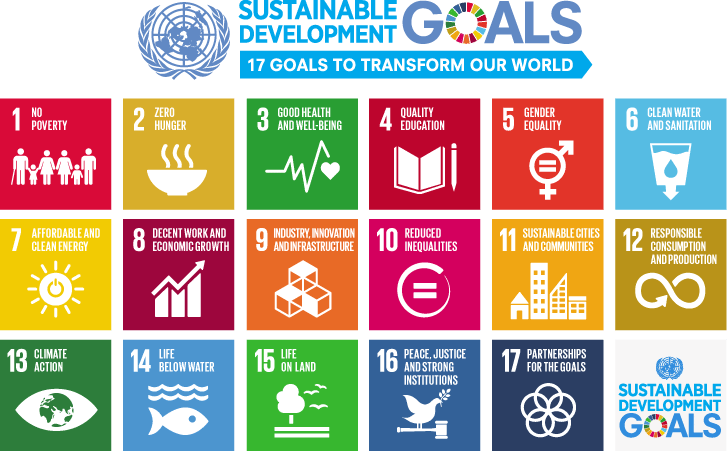
You could be a startup or a current business making a difference in the World. The same tools and frameworks as used with a Lean Startup or a for-profit business can be used to make a big Social Impact, with just a few modifications.
Outcomes:
- Learn how to document your social impact business model
- Uncover and validate the needs of the various beneficiaries and stakeholders
- Understand the players in your ecosystem that are key to making a scalable impact with your venture
- Review the triple-bottom line: People, Planet, Profits
- Social innovation is the invention, development, and implementation of new ideas to solve social problems faced by individuals, groups or communities
Social Impact Ecosystem
- Learn the concepts and tools to help social innovators develop and deploy effective solutions to challenging and often systemic social and environmental issues in support of social progress.
- The social impact ecosystem is much larger and complex than the traditional for-profit ecosystem. There are public sector, policy groups, and higher education institutions that must be engaged in order to make a substantial impact at scale.
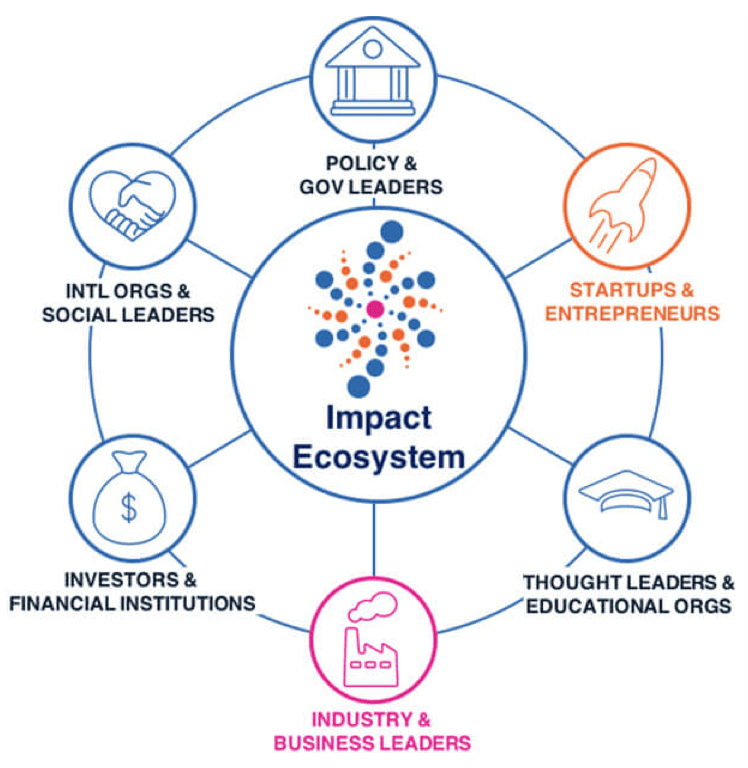
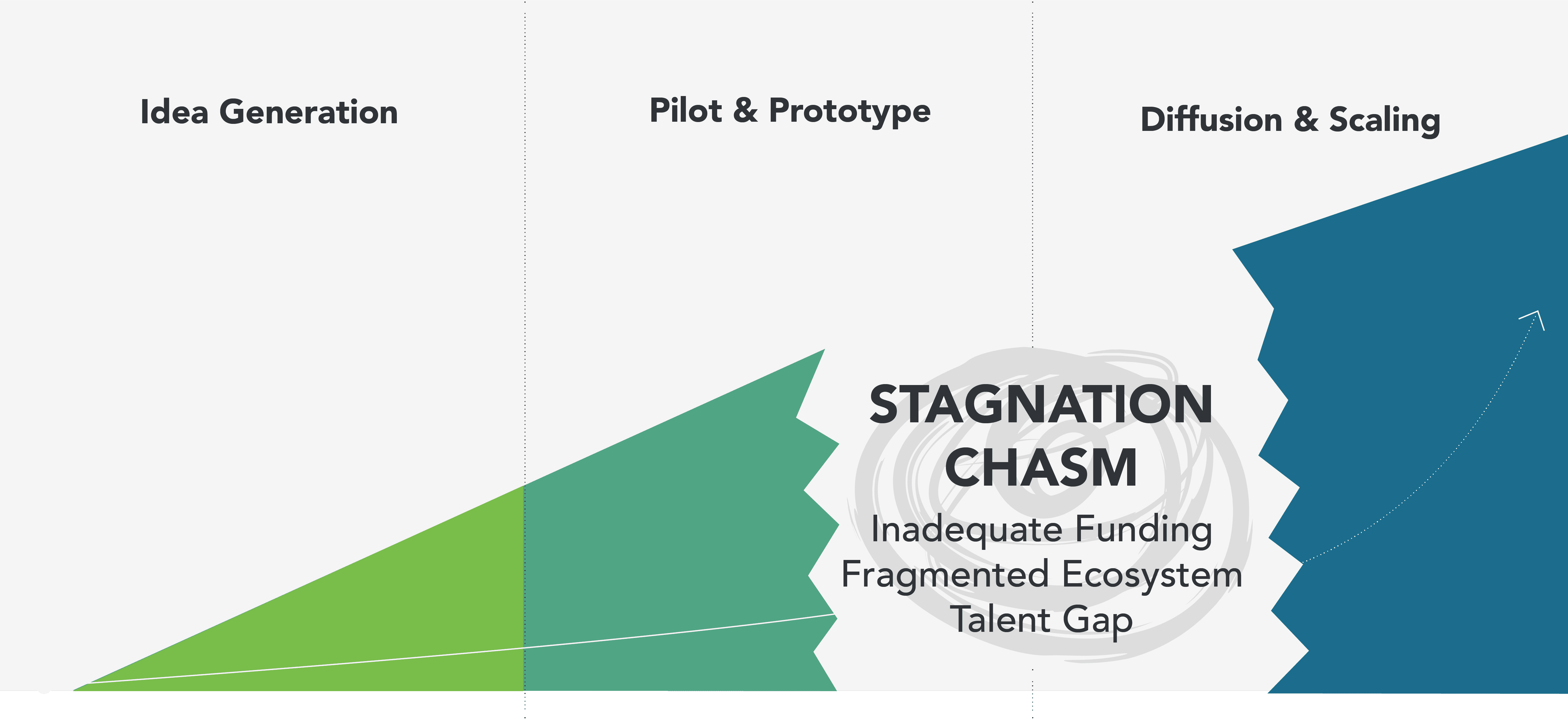
The Stagnation Chasm
Three barriers repeatedly block social innovations from reaching their broadest impact:
- Scarce funds for growth
- Fragmented social innovation ecosystem
- Deficiencies in leadership
Continuum of Social Innovation
The innovation continuum describes the process through which social innovations evolve to create impact at scale, and helps us to identify the needs, opportunities, and strategies most critical at various points in a social innovation’s trajectory.
The last step of diffusing and scaling is much more difficult in a social impact setting than in a traditional business. You must work closely with the ecosystem to enable impact at scale.

Social Impact Coaching
The coaching can start or stop at any point along the continuum that you choose.
120-Day Plan
Step 1:
Culture & Your Purpose
In the first 30 days we will complete steps 1-3
- People want to know what you stand for. What is the reason your organization exists?
- Shared purpose can help build inclusive cultures in the company and help the ecosystem understand why they should work with you.
- We will help you create your purpose/vision statement to guide and inspire others to join a cause greater than themselves.

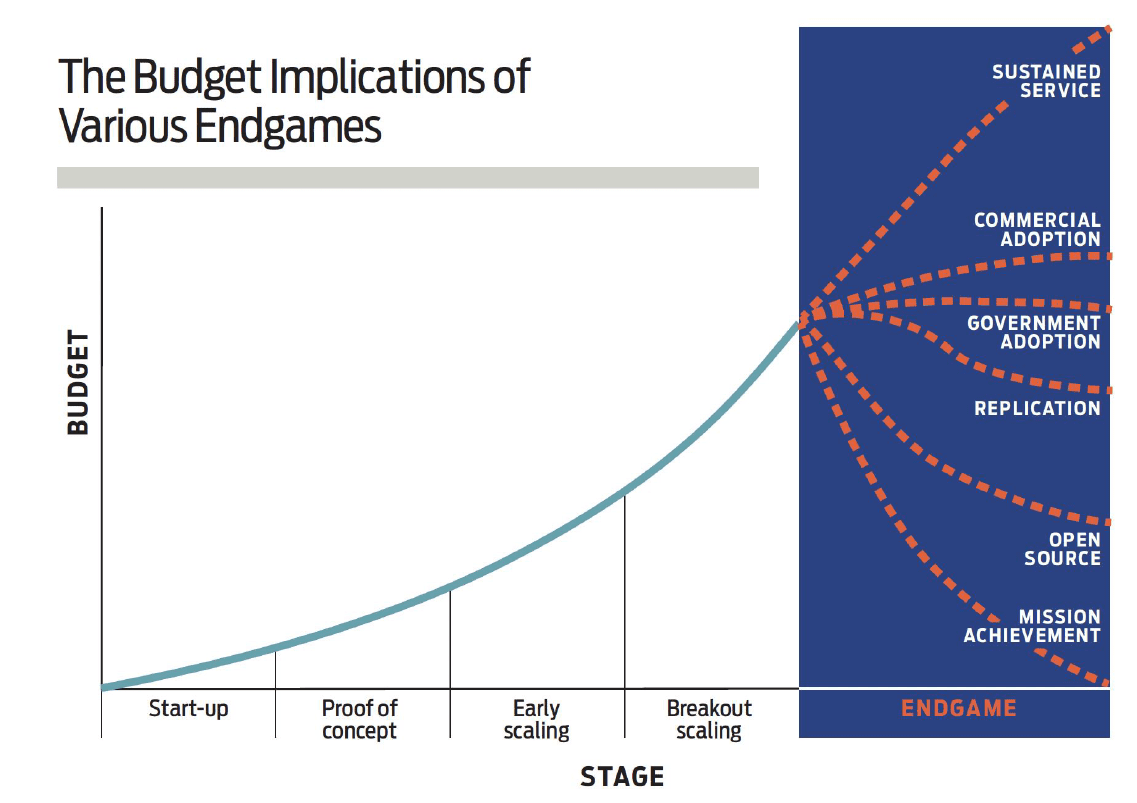
Step 2:
Start With The End In Mind
- Understand the various beneficiaries needs and problems in order to ensure you are creating something that matters.
- Determine at what scale you want to make an impact. Local, national, global?
- Do you want to achieve a goal and then stop the business? Or let others replicate your model to make a broader impact? Or have the government take it over as an ongoing program?
Step 3:
Document Your Business Model
- Examine the ecosystem and partners that must be engaged to enable impact at scale
- Define your beneficiaries
- Create your hi-level soltuion (unique value proposition)
- Calculate your costs and revenues
- Define what mission achievement looks like
- Identify and prioritize your riskiest assumptions
We will create your business model using either the Mission Model Canvas, Impact Business Model Canvas, or Lean Canvas. All of these leading tools will work as long as you add impact and mission to your canvas.
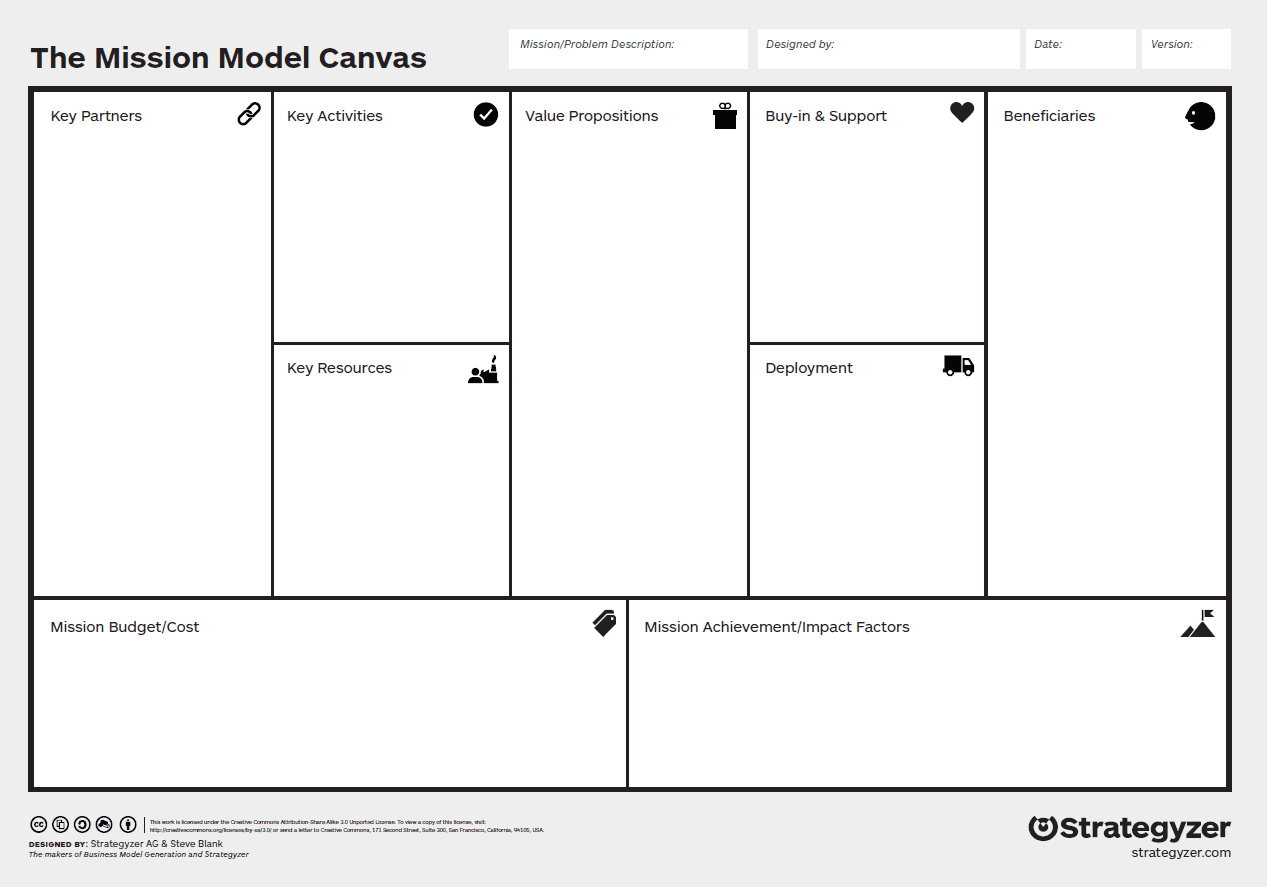

Step 4:
Validate Beneficiary Problems
- Next 45 days: Problem Discovery
- Design and run experiments to reduce risk
- Interview broad match of potential customer segments with similar problems (jobs-to-be-done)
- Narrow Match to find early adopters with the same problems
Step 5:
Design Solution
- Last 45 days: Demand Validation
- Solution design & assembly
- Offer creation
- Offer delivery & optimization
- 3P’s decision: Persevere, Pivot, Pause
- Steps 6 & 7 are also included in the last 45 days.
- These can be optional components
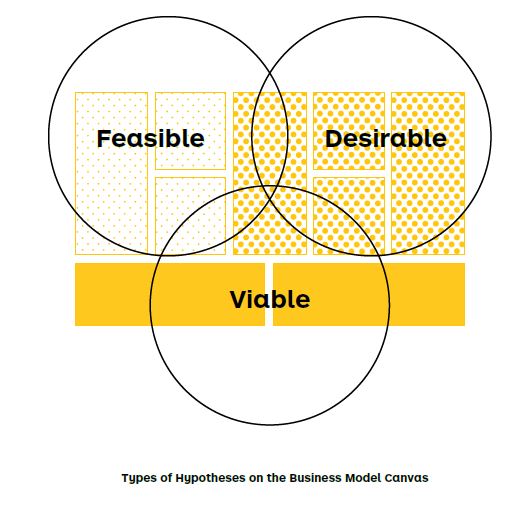
Step 6:
Define Impact Measurement
- You must understand the long-term changes regarding your impact and the problems. We must define the correct outcomes and impact versus just inputs and outputs.
- Stakeholders and donors want to know how you are truly moving the needle to create social impact, not just reporting on metrics that don’t solve the problem.
- These activities are part of the 45 day Demand Validation phase.
- Social Impact Calculation Example: The number of people helped in a given scenario multiplied by the benefit per person, times the propability of success = Practical Impact.
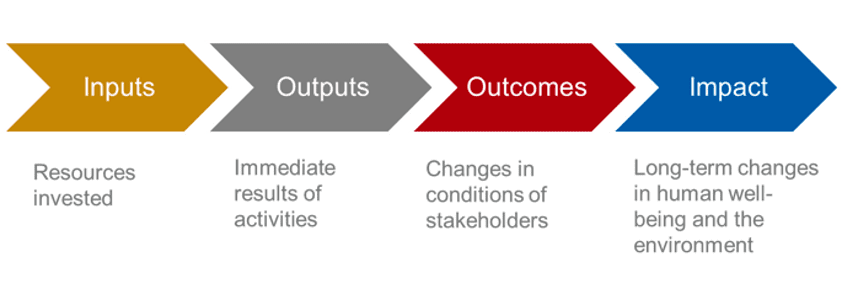

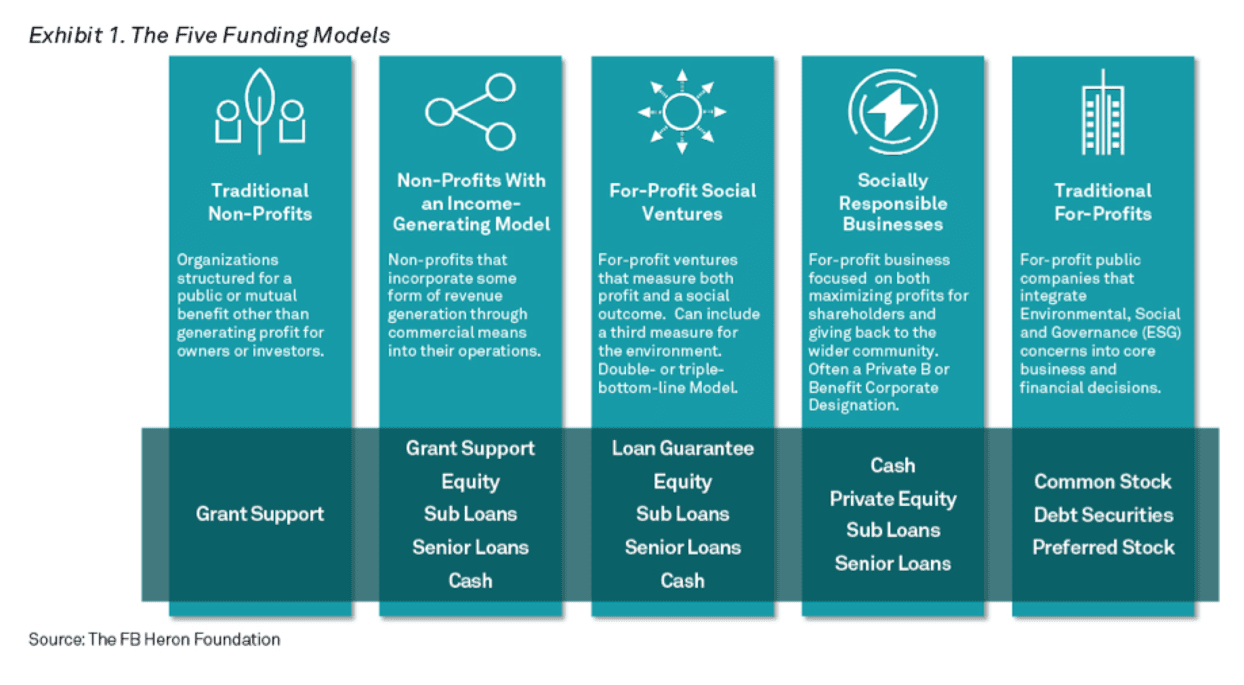
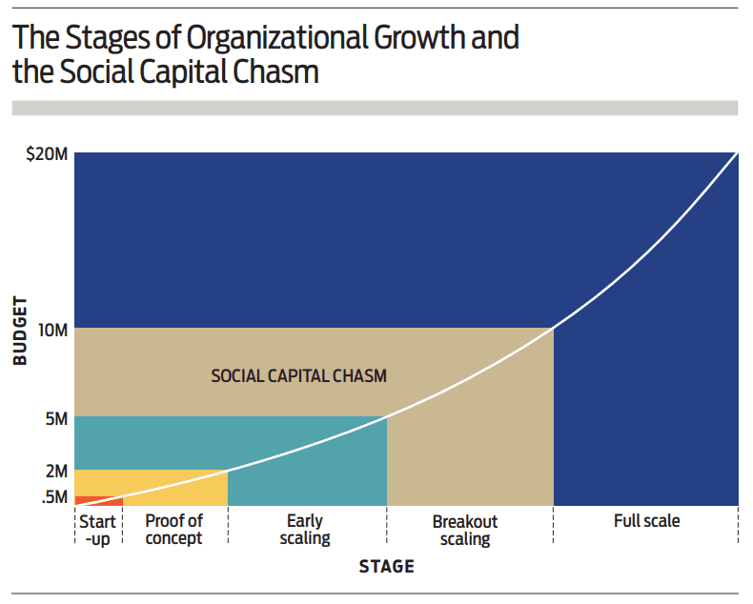
Step 7:
Review Social Capital Options
- How will you secure funds to launch and continue operations?
- Grants, loans, equity, donations, sponsors, revenues, etc.
- Both non-profits and for-profits that want to make a social impact must determine how they will secure capital.
- The amount of funding you need depends on the stage your venture is in.
- Early stages can be like a traditional startup with an MVP.
- Crossing the social capital chasm is the hardest phase. You need to have the help of partners and the ecosystem to diffuse your solution and make an impact at scale. This requires significant funding.


Brian has been working in, and with, social impact organizations for over 30 years. He has helped social entrepreneurs launch startups, and helped current non-profits trasnform and innovate their solutions to increase impact.

